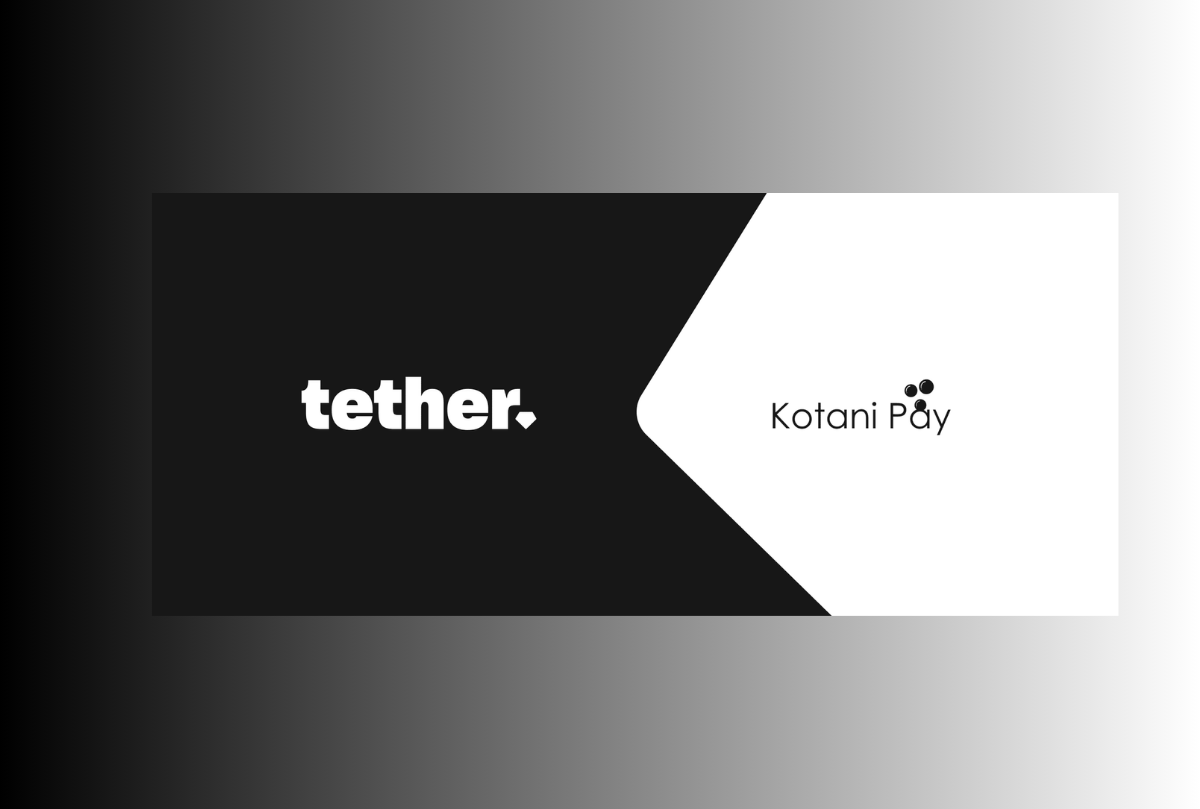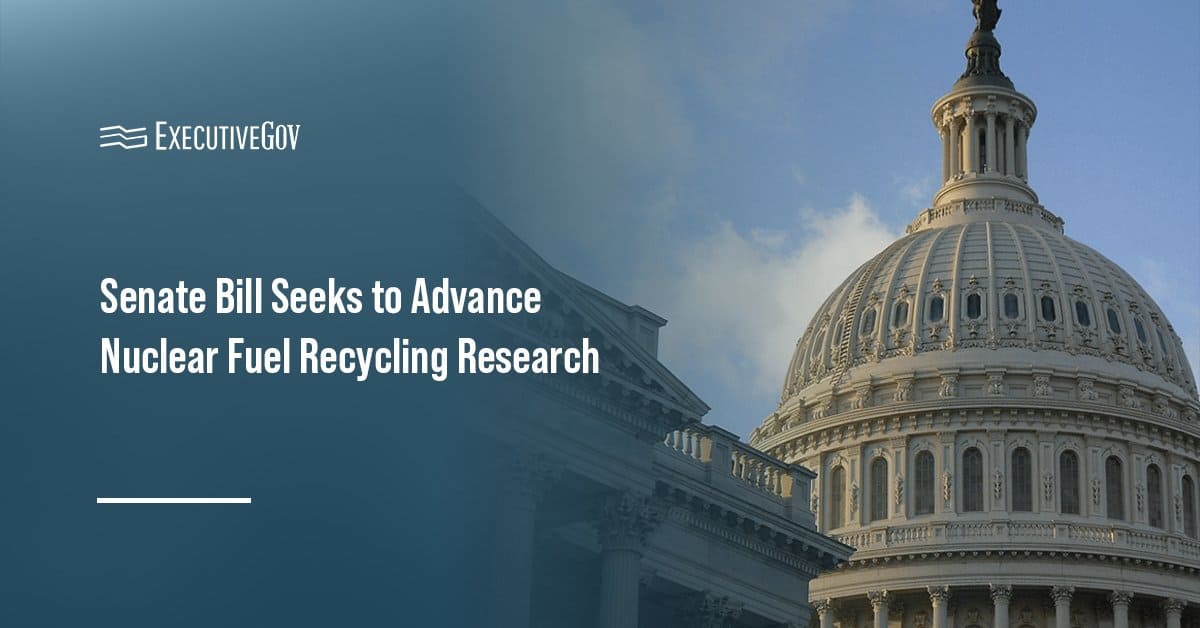Report on Artificial Intelligence and its Implications for Labour Rights and Sustainable Development Goals
A report from UNI Global Union, representing 20 million service sector workers, highlights the critical need for worker involvement in the deployment of Artificial Intelligence (AI) to ensure equitable outcomes and alignment with the United Nations Sustainable Development Goals (SDGs). The union stresses that without proactive measures, AI risks exacerbating inequalities and undermining decent work standards.
The Challenge to SDG 8: Decent Work and Economic Growth
The proliferation of AI presents significant risks to the principles of SDG 8. The primary concern is that productivity gains from AI will not be shared equitably, leading to a concentration of wealth and power rather than promoting sustained, inclusive, and sustainable economic growth.
- Job Displacement: White-collar workers, in particular, face the threat of job loss without adequate social safety nets or a voice in the transition.
- Increased Workload: Remaining employees are often pressured to manage AI systems in addition to their existing duties, leading to increased stress and workload without commensurate compensation.
- Algorithmic Management: The use of AI for surveillance and management is leading to unsafe working conditions, as employees are pressured to meet algorithmically-set targets that do not account for human factors.
Exacerbating Inequalities: A Threat to SDG 10
The current trajectory of AI implementation threatens to widen disparities, directly contravening SDG 10 (Reduced Inequalities). This manifests in several ways:
- Concentration of Wealth: If workers do not share in the economic gains from AI-driven productivity, the technology will “supercharge the concentration of wealth and power.”
- The Hidden Workforce: A global supply chain of workers, primarily in the Global South, performs low-paid tasks like data labelling and content moderation, creating a new tier of precarious, underpaid labour.
A Framework for Action: Integrating SDGs into AI Governance
UNI Global Union proposes a framework grounded in collective bargaining and social dialogue to mitigate these risks and steer AI development towards achieving sustainable development.
The Role of Strong Institutions (SDG 16) and Quality Education (SDG 4)
Achieving a just transition requires robust institutional frameworks and a commitment to lifelong learning. The union advocates for the following principles to be established through collective bargaining:
- Worker Participation: Workers must be given advance notice and be engaged in the decision-making process regarding how AI technology is implemented, ensuring its success and fairness. The German works council model is cited as a successful example.
- Meaningful Retraining (SDG 4): A commitment to retraining and upskilling workers for new roles is essential. This must be a meaningful effort directed towards actual available jobs, not a token gesture.
- Shorter Work Week: As a mechanism to distribute productivity gains, a shorter work week must be considered to improve work-life balance and maintain employment levels.
- Equitable Taxation: Companies developing and deploying AI should face a tax burden commensurate with the societal impact of their products, funding social safety nets and transition programs.
- Strengthening Unions (SDG 16): Making it easier for workers to form unions and bargain collectively is presented as a crucial, responsible step for tech companies to avoid social backlash and ensure AI is deployed ethically. Strong unions are vital institutions for protecting worker rights, as evidenced in countries like Argentina.
Analysis of SDGs in the Article
1. Which SDGs are addressed or connected to the issues highlighted in the article?
-
SDG 8: Decent Work and Economic Growth
This is the most prominent SDG in the article. The entire discussion revolves around the impact of Artificial Intelligence (AI) on the workforce. The article highlights concerns about job security (“fear that they are going to lose their jobs”), working conditions (a “shorter work week,” “algorithmic management,” and surveillance of drivers), wages (“higher wages”), and the fundamental right of workers to organize (“making it easier for workers to have unions”). The union’s call for collective bargaining to shape the implementation of AI directly addresses the goal of promoting decent work for all.
-
SDG 10: Reduced Inequalities
The article explicitly addresses the risk of AI exacerbating inequality. Christy Hoffman warns that without workers sharing in the productivity gains, AI will be “supercharging the concentration of wealth and power.” This points to growing inequality within countries. Furthermore, the mention of the “AI hidden workforce in the supply chain; workers who are labelling and content moderating, mostly in the Global South, and they are being paid very little,” highlights the issue of inequality between countries.
-
SDG 4: Quality Education
The article touches upon the need for skills development in the age of AI. It mentions the importance of providing workers with “new skills” and the necessity of “retraining for other actual jobs.” However, it also critiques superficial efforts, stating that “Workers don’t have confidence in the retraining obsession. Retraining has to be done meaningfully.” This connects to the goal of ensuring inclusive and equitable quality education and promoting lifelong learning opportunities for all.
2. What specific targets under those SDGs can be identified based on the article’s content?
-
Under SDG 8 (Decent Work and Economic Growth):
- Target 8.5: By 2030, achieve full and productive employment and decent work for all women and men, including for young people and persons with disabilities, and equal pay for work of equal value. The article’s focus on preventing job displacement due to AI, advocating for “higher wages,” and ensuring workers are not “squeezed to do more with less” directly relates to this target.
- Target 8.8: Protect labour rights and promote safe and secure working environments for all workers. The strong emphasis on the role of unions, “collective bargaining,” and the rights of workers to “have a say” in the rollout of new technology is central to this target. The article also mentions unsafe working conditions, such as “drivers being surveilled and forced to drive unsafely to meet their goals.”
-
Under SDG 10 (Reduced Inequalities):
- Target 10.4: Adopt policies, especially fiscal, wage and social protection policies, and progressively achieve greater equality. The call for a “shifting of the tax burden” and ensuring that gains from AI are shared to prevent the “concentration of wealth and power” aligns perfectly with this target. The demand for higher wages for all workers, including the low-paid “hidden workforce” in the Global South, is also a key component.
-
Under SDG 4 (Quality Education):
- Target 4.4: By 2030, substantially increase the number of youth and adults who have relevant skills, including technical and vocational skills, for employment, decent jobs and entrepreneurship. The discussion on the need for “new skills” and “meaningful” retraining to help workers adapt to jobs transformed by AI directly supports this target.
3. Are there any indicators mentioned or implied in the article that can be used to measure progress towards the identified targets?
The article does not mention official SDG indicators by name, but it implies several metrics that can be used to measure progress:
-
For Target 8.5 (Full employment and decent work):
- Wages and Working Hours: The call for “higher wages” and a “shorter work week” are direct, measurable indicators of decent work.
- Job Displacement Rates: The concern that “the (number) of new graduates going into some white collar jobs has declined” implies that tracking employment rates in sectors affected by AI is a key indicator of progress.
-
For Target 8.8 (Protect labour rights):
- Union Density/Collective Bargaining Coverage: The article heavily emphasizes the role of unions. The statistic that unions “only represent 10% of the workers” in the U.S. is presented as a challenge. Therefore, the percentage of the workforce covered by collective bargaining agreements is a crucial implied indicator.
-
For Target 10.4 (Achieve greater equality):
- Wealth and Income Distribution: The warning against the “concentration of wealth and power” implies the use of indicators like the Gini coefficient or the share of income/wealth held by the top 1% to measure inequality.
- Wage Levels for Low-Skilled Workers: The mention of the “AI hidden workforce… being paid very little” suggests that the wage levels for the lowest-paid workers in global supply chains is an important indicator.
-
For Target 4.4 (Relevant skills for employment):
- Participation in Training and Reskilling Programs: The focus on “retraining” implies that the number of workers participating in and completing meaningful skills development programs, especially in fields related to new technologies, would be a relevant indicator.
4. Summary Table of SDGs, Targets, and Indicators
| SDGs | Targets | Indicators (as implied in the article) |
|---|---|---|
| SDG 8: Decent Work and Economic Growth |
8.5: Achieve full and productive employment and decent work for all.
8.8: Protect labour rights and promote safe and secure working environments. |
– Average wages and changes in standard working hours (e.g., “higher wages,” “shorter work week”). – Employment/unemployment rates in AI-affected sectors. – Percentage of the workforce represented by a union or covered by collective bargaining agreements (e.g., the 10% figure for the U.S.). |
| SDG 10: Reduced Inequalities | 10.4: Adopt policies, especially fiscal, wage and social protection policies, and progressively achieve greater equality. |
– Measures of wealth and income distribution (to counter the “concentration of wealth and power”). – Wage levels for low-paid workers in the gig economy and global supply chains (e.g., the “AI hidden workforce”). – Changes in tax policy to ensure equitable distribution of gains from technology. |
| SDG 4: Quality Education | 4.4: Substantially increase the number of youth and adults who have relevant skills for employment. | – Number of workers participating in and completing “meaningful” retraining and upskilling programs relevant to new technologies. |
Source: context.news






